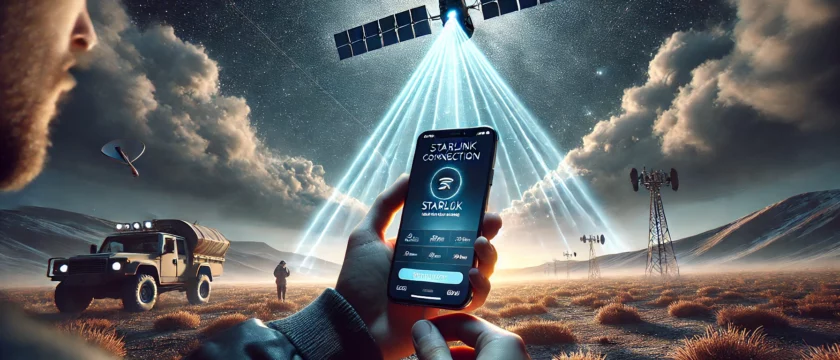
Apple Teams Up with SpaceX and T-Mobile for Starlink on iPhones
freecores.com – iPhone users in the U.S. will soon access Starlink ‘Direct-to-Cell’ service, thanks to Apple’s collaboration with SpaceX and T-Mobile. This integration will allow iPhones to connect to Starlink’s satellite network via the latest iOS software update.
Although Apple has not officially announced the feature, SpaceX CEO Elon Musk confirmed the development on X. Responding to reports about Starlink appearing in iOS 18.3, Musk explained that the current Starlink system supports basic internet functions but is not yet optimized for smooth video streaming. However, he reassured users that the next-generation satellites will enhance this capability.
This partnership aims to improve connectivity in remote areas, ensuring seamless communication even in locations with weak or no cellular coverage. As Apple continues to refine its software, more details on the Starlink integration are expected in the coming months.
Apple, in collaboration with SpaceX and T-Mobile, is actively testing Starlink’s Direct-to-Cell service to bring satellite connectivity to iPhones. This technology will allow seamless communication without requiring extra hardware, firmware updates, or specialized apps.
Elon Musk confirmed that the current Starlink satellite constellation can support medium-resolution images, music, and audio podcasts. However, the next-generation satellites will enable medium-resolution video streaming.
According to Bloomberg, Apple and its partners have been trialing iPhones with the Starlink network, primarily focusing on text messaging via satellite. Future updates will expand support for voice calls and mobile data, making it possible for users to stay connected in areas with limited or no traditional cellular coverage.
As Apple continues refining the technology, users can expect further developments in satellite-based communication, potentially revolutionizing mobile connectivity worldwide.
“Also Read: X Partners With Visa for Digital Wallet & P2P Payments”
Apple currently operates its own satellite communication service, Globalstar, but reports suggest that Starlink could serve as an alternative. Meanwhile, T-Mobile has become the first U.S. wireless carrier to partner with Starlink for satellite-to-cell connectivity. The company is now allowing postpaid customers to sign up for beta testing, though participation is limited.
T-Mobile will begin rolling out this service in early 2025, starting with text messaging before expanding to voice and data. If users enter areas without traditional wireless coverage, their phones will automatically connect to Starlink satellites, which function like space-based cell towers. This ensures continuous communication as long as users have a clear sky view.
Initially, T-Mobile limited Starlink trials to select Android devices, but it has now extended eligibility to Apple’s iPhones. However, only devices running iOS 18.3 can participate in the beta program. The move aligns with Apple’s recent disclosure that 68% of iPhones have already adopted iOS 18.
T-Mobile and SpaceX received approval from the Federal Communications Commission (FCC) in October 2024 to conduct live trials of the Starlink cellular network. As testing expands, this collaboration could revolutionize mobile connectivity by offering an alternative for users in remote areas with poor traditional network coverage.